Selling on Amazon has become one of the most popular online business ideas.
However, like any business venture, it will have associated costs and expenses. The most common ones are Amazon seller fees.
Amazon seller fees are often minimal, but they compound and eat into your profits when you don’t track or monitor them properly. Knowing all the fees and costs helps you manage your expenses better.
In this article, you’ll learn what Amazon seller fees you should track, from the applicable referral fee per sale to FBA fulfillment costs.
How much does Amazon take from sellers? Is there a monthly subscription fee to sell on Amazon?
I’ll discuss all the Amazon costs, selling fees, and commission rates in this full guide.
Let’s dive into it.
Amazon Seller Fees: How Much Does It Cost To Sell on Amazon?
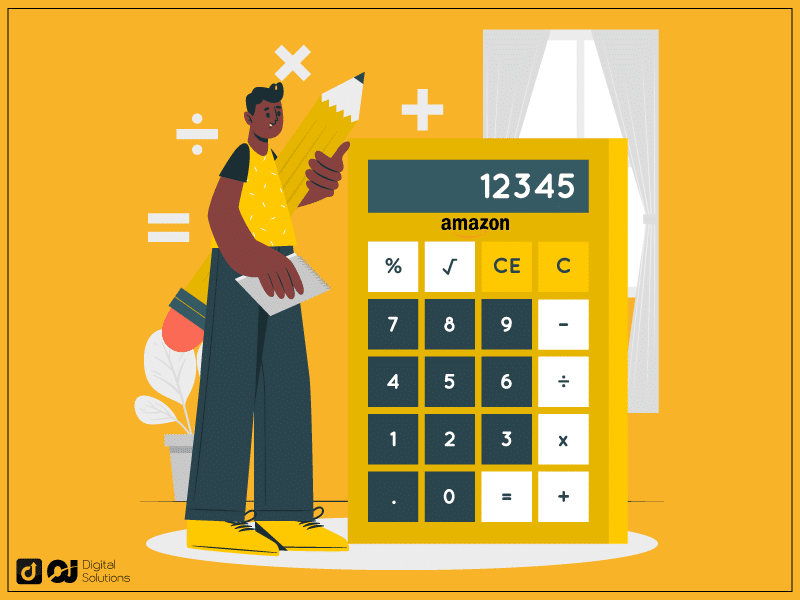
You’re probably aware that Amazon is one of the biggest online marketplaces in the world.
As of 2021, the platform has around 6.3 million sellers. All these sellers deal with all sorts of selling on Amazon fees.
Awareness of Amazon seller fees is crucial to a thriving Amazon store. It helps you maintain a good retail arbitrage and maximize your profits.
Keeping track is often difficult with all the fees that come into play. If you’ve ever been confused with the fees that Amazon charges you, don’t worry. This full guide will help you understand them all.
In general, you should be aware of these three categories of Amazon selling fees:
Amazon’s sale-related fees. These are fees you pay every time you sell something on Amazon.
Amazon seller account fees. When creating a seller account, you choose a selling plan and pay the corresponding fees.
Amazon FBA fees. To streamline your business, you can fulfill orders through Amazon. This program comes with extra fees.
Let’s dive into each category and look at the fees per section.
Amazon Sale-Related Fees
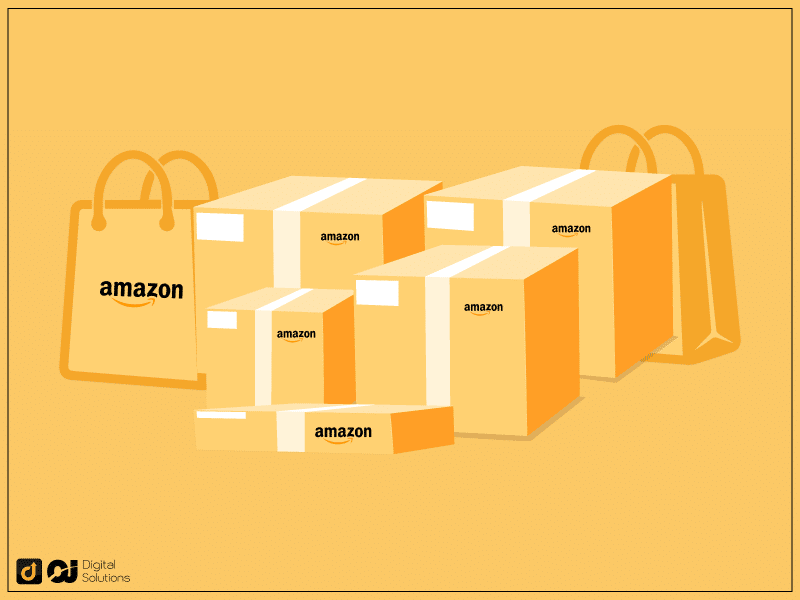
Unlike platforms like Etsy, you don’t pay Amazon listing fees upfront. Instead, you pay sale-related fees. These are payments you make when you successfully sell an item on Amazon.
Amazon Referral Fee
Referral fees refer to the percentage that goes to Amazon when you sell a product on its marketplace.
What percentage does Amazon take? It ranges between 8% to 45%, depending on the product category.
Each category also has a minimum referral fee, the lowest amount Amazon will charge you per sale.
For example, selling a handbag on Amazon comes with a 15% referral fee. The minimum referral fee is $0.30. Amazon will take whichever is higher.
Here’s a rundown of Amazon referral fee percentages:
Amazon Device Accessories: 45%
Appliances (Compact): 15% for the portion of the total sales price up to $300.00, and 8% when greater than $300.00
Appliances (Full-size): 8%
Automotive and Powersports: 12%
Base Equipment Power Tools: 12%
Baby Products: 8% for products with a total sales price of $10.00 or less, and 15% when greater than $10.00
Beauty, Health, and Personal Care: 8% for products with a total sales price of $10.00 or less, and 15% for items when greater than $10.00
Business, Industrial, and Scientific Supplies: 12%
Clothing and Accessories: 17%
Computers: 8%
Consumer Electronics: 8%
Electronics Accessories: 15% for the portion of the total sales price up to $100.00, and 8% when greater than $100.00
Fine Art: 20% for the portion of Sales Proceeds up to $100 (with a minimum Referral Fee of $1.00); 15% when greater than $100 up to $1,000; 10% when greater than $1,000 up to $5,000; and 5% when greater than $5,000
Furniture: 15% for the portion of the total sales price up to $200.00, and 10% when greater than $200.00
Gift Cards: 20%
Grocery and Gourmet: 8% for products with a total sales price of $15.00 or less, and 15% when greater than $15.00
Jewelry: 20% for the portion of the total sales price up to $250.00, and 5% when greater than $250.00
Lawn Mowers and Snow Throwers: 15% for products with a total sales price of up to $500.00, and 8% when greater than $500.00
Pet Supplies: 15%, except 22% for veterinary diets
Sports and Outdoors: 15%
Tires: 10%
Video Game Consoles: 8%
Watches: 16% for the portion of the total sales price up to $1,500.00, and 3% when greater than $1,500.00
Everything Else: 15%
Other Fees
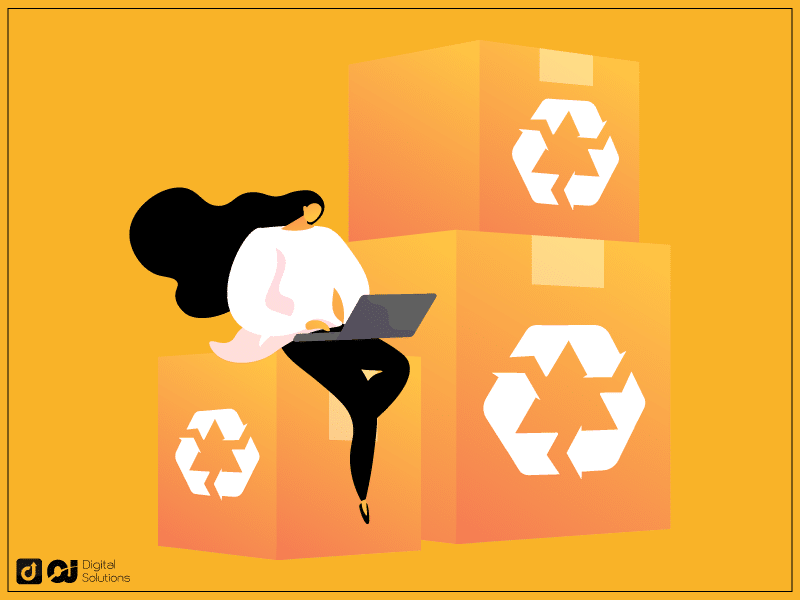
Refund Administration Fee
Amazon charges merchants an applicable Refund Administration fee when a buyer requests a refund and the seller has already received payment.
When you issue a refund, Amazon also refunds you the referral fees. It then deducts the refund administration fee from your account balance.
The amount is either 20% of the referral fee or $5, whichever is lower.
High-Volume Listing Fees
You could also pay additional fees for products that haven’t sold for 12 months. Amazon charges a monthly fee of $0.005 per unit.
Variable Closing Fees
Another Amazon seller fee is the closing fee, which goes on top of the referral fee.
How much does Amazon take per sale as a closing fee?
The closing fee is $1.80 per unit, but it only applies to media items.
Seller Account Fees
The Amazon Seller Central fees cover your platform usage as a seller.
When new sellers sign up, they have to choose between two Amazon seller pricing plans: individual and professional seller plans.
Here’s a closer look at Amazon seller plans.
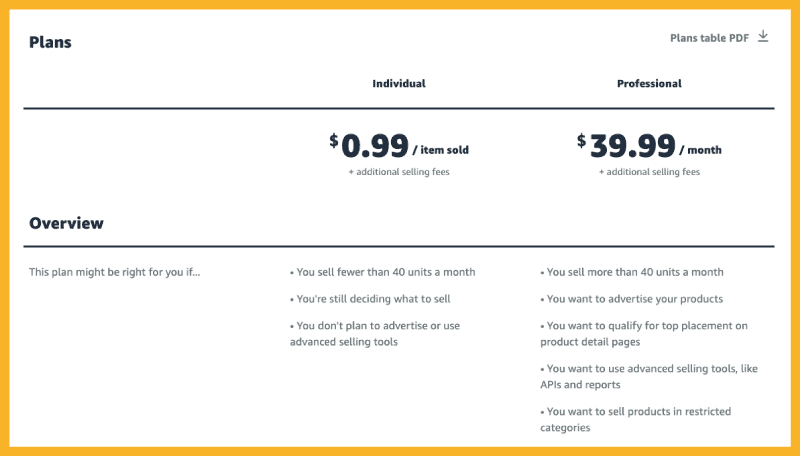
Individual Seller Account
An Individual Seller Account is for sellers planning to sell a few items monthly. They pay $0.99 per unit sold on the Amazon Marketplace.
Amazon doesn’t charge a separate monthly subscription fee for Individual Sellers.
With this plan, you can’t access advertising or advanced selling tools. You can try this option if you want to test the market first.
Professional Seller Account
A Professional Seller Account is for sellers who plan to sell a large volume of items. They pay a monthly flat fee of $39.99 a month.
Professional sellers have access to advanced selling tools, reports, and analytics. They can also participate in Amazon’s various seller programs, such as the FBA.
If you choose this plan, you also can sell products in restricted categories.
You can maximize this plan by selling more than 40 items monthly. As a Professional Amazon seller, monthly fee is the same no matter how many you sell.
Amazon FBA Fees
You can use Fulfillment by Amazon (FBA) to streamline your business. The program helps sellers with fulfillment, shipping, and customer service.
Choosing this option means you have to pay Amazon FBA selling fees.
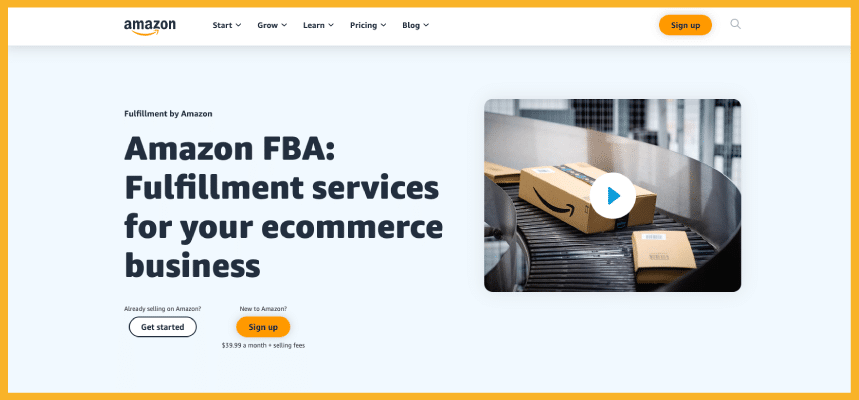
How much does Amazon charge to sell through Fulfillment by Amazon (FBA)? Let’s look at these costs.
Order Fulfillment Fees
The fulfillment fee applies to every item sold through the program. This fee covers packing labor, shipping costs, and other expenses related to order fulfillment.
FBA fulfillment fees vary depending on the item size and category.
The FBA fulfillment fees increase as the product size and weight go up to cover the extra packaging and shipping cost.
FBA products generally fall under two size categories.
Standard-sized products: These are small standard-sized items that weigh less than a pound and do not exceed 15″ x 12″ x 0.75″.
Oversized products: These are items that go over 20 pounds and exceed 18″x14″x8″ are considered oversized.
The product category doesn’t affect the FBA fee per unit for the most part unless you’re selling apparel. The Fulfillment by Amazon program has a separate calculation for this category.
Monthly Inventory Storage Fees
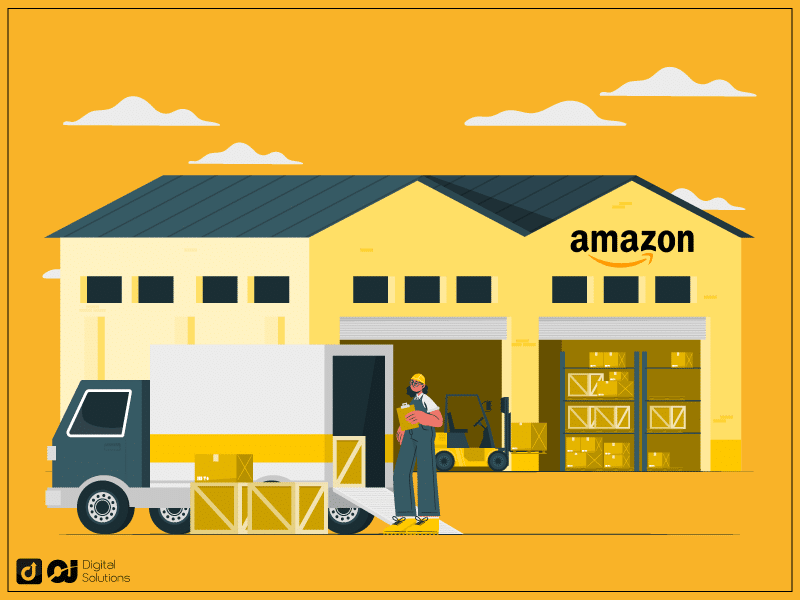
There are also Amazon FBA monthly fees for inventory and storage. You pay for storage costs based on how much space your inventory uses in fulfillment centers.
The platform calculates the daily average volume in cubic feet, which it takes from your product size after packaging.
The monthly storage fees also vary depending on the time of the year.
January – September
Standard size – $0.87 per cubic foot
Oversize – $0.56 per cubic foot
October – December
Standard size – $2.40 per cubic foot
Oversize – $1.40 per cubic foot
Amazon used to charge long-term storage fees for inventory over six months in an Amazon warehouse. Now, they only charge long-term storage for products that stay over a year.
Here are some other FBA storage fees you should expect:
Additional storage fee for dangerous goods
Aged inventory surcharge: for inventory stored in an Amazon fulfillment center for more than 181 days
Storage utilization surcharge: for sellers with a high volume of inventory relative to the recent weekly sales volume
If FBA is your chosen fulfillment method, you must manage your inventory strategically. Otherwise, you could pay a high monthly storage fee for too much inventory.
Other FBA fees
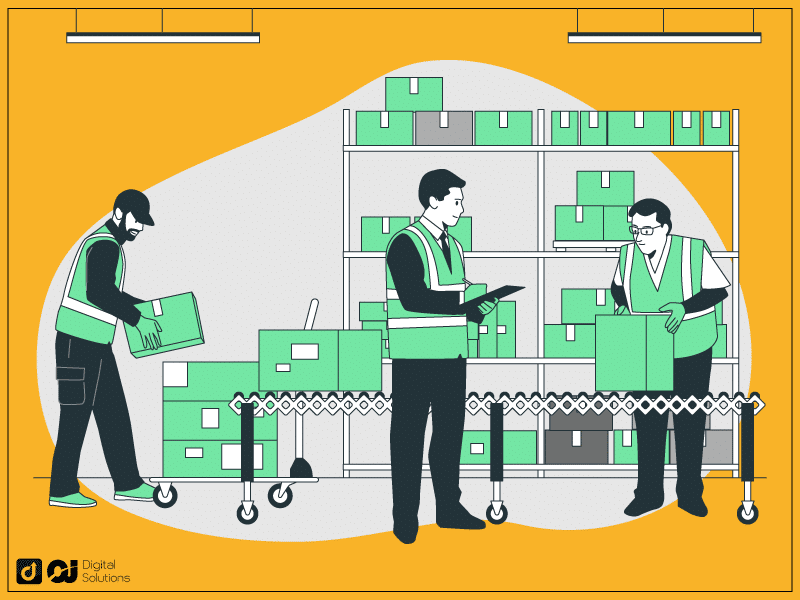
FBA sellers pay additional fees, such as the following.
FBA Disposal or Removal Order Fees
Sellers pay a fee when they request to remove or dispose of their inventory. The amount varies depending on the item’s size.FBA Prep Service Fees
Amazon offers various prep services, such as labeling, poly bagging, and bubble wrapping. These services cost extra.FBA Label Service Fees
Amazon charges sellers a fee to label items that do not have proper labeling or barcodes.Unplanned Service Fees
Amazon charges sellers a fee when they send an item that doesn’t match the product details or inventory on the database.Inventory Placement Service
Sellers can pay extra to have greater control over where their inventory goes in Amazon’s warehouses.Returns Processing Fees
Amazon charges a fee when a customer returns an item.FBA Export Fees
FBA sellers can ship products to other countries but must pay Export fees. These cover international shipping fees and customs clearance.
Frequently Asked Questions (FAQs)
How Much Does It Cost To Open an Amazon Store?
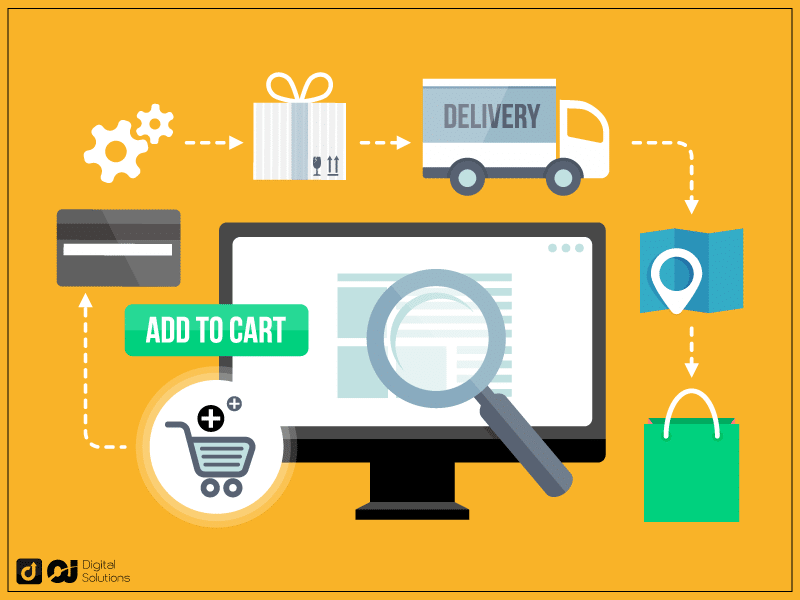
There are no Amazon store fees for opening an account, strictly speaking. However, selling on Amazon will subject you to a fee of $0.99 per item sold or monthly subscription fees for your account.
How Much Does Amazon Take from Sales?
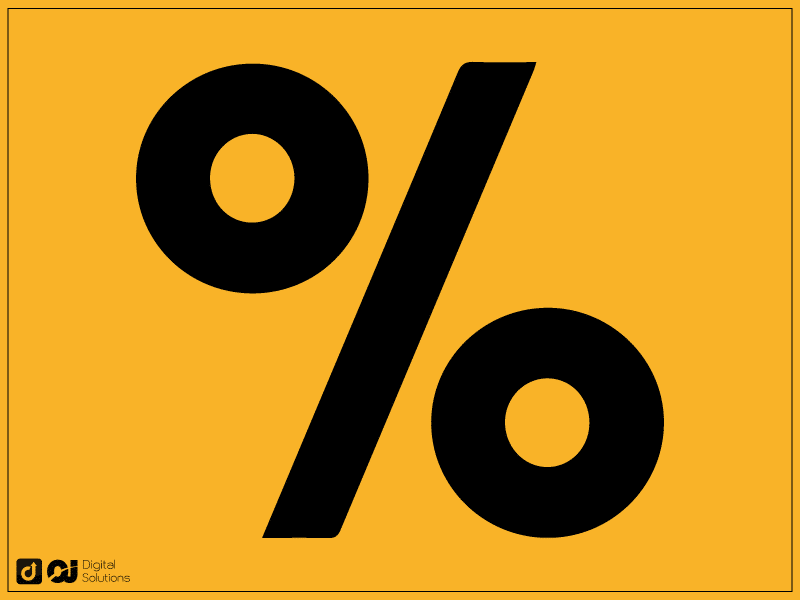
Amazon takes a referral fee per unit sold on the marketplace. This doesn’t include fees for the selling plan, FBA, and more.
The Amazon commision rates depend on the product category but typically range from 8% to 45% of the item’s sale price.
Do I Have to Pay a Referral Fee for Every Amazon Sale?

The Amazon referral fees apply to all items across all product categories. The platform takes its fair cut in exchange for its services and access to its wide customer base. Over 197 million people visit Amazon every month.
What Are Other Amazon Selling Costs I Should Consider?

If you plan to fulfill items yourself, consider your shipping costs. Amazon may help to offset these in the form of shipping credit.
When the buyer pays for shipping, Amazon gives you a shipping credit after the order fulfillment. However, it might still be lower than your own shipping rates. Make sure to factor this into your selling price.
You must also mind the advertising and marketing costs to sell on Amazon.
How Much Is Amazon Selling Fee for Other Items?
Some items have extra fees. Amazon sellers who offer textbook rentals must pay rental book service fees of $5.
The Bottom Line
Selling on Amazon has a lot of associated fees, but it can be a lucrative opportunity for entrepreneurs and businesses of all sizes. You can still gain a positive net profit from your ecommerce business with the right strategy and approach.
Expenses are inevitable, but you should keep an eye on them. Track your costs and stay on top of your expenses.
The last thing you want is to let your Amazon business costs eat into your profits.
What has been your experience with Amazon seller fees? Do you have any tips for minimizing costs and maximizing profits?
Amazon provides a fee schedule to help you manage your expenses better. Regularly monitoring your sales and expenses can also help your key business decisions.






